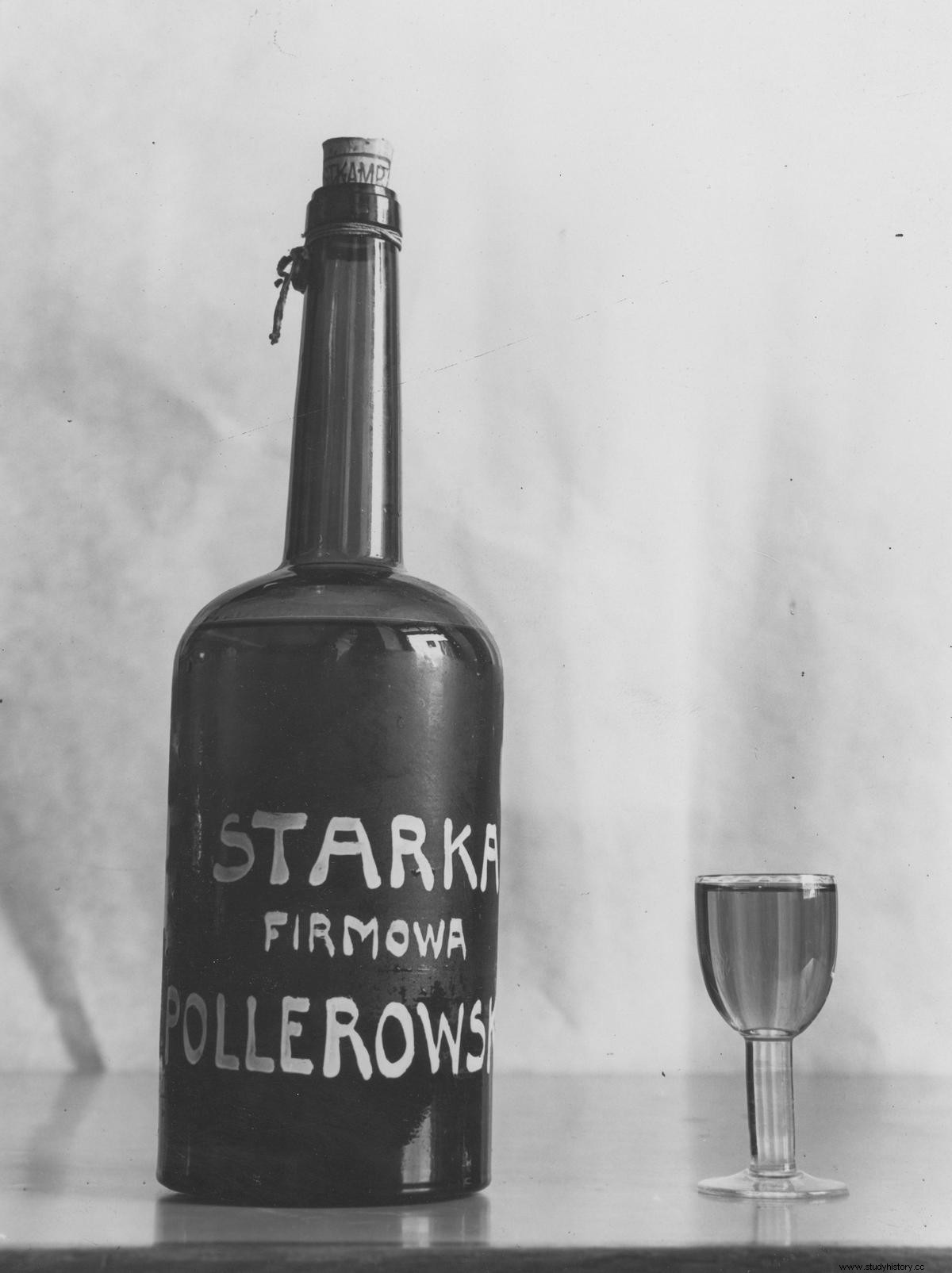If the first barrel of the famous Starka could be found, it would be several hundred years old! It began to be produced in Poland and Lithuania in the 16th century, and there are opinions that it was even earlier. Is it possible to call it Polish whiskey or is it our own, unique quality?
Unfortunately, we won't find the first barrels with Starka anymore, but some lucky ones can try a drink that has been aged for several dozen years. However, it is quite a big expense. With a smaller budget, you can only try a few years old woman. First, however, it is worth looking at the history of this alcohol, because it is really interesting.
The legend of burying barrels
According to messages, 16th-century lovers of strong vodka, to drink Starka, first of all, had to be patient and ... a shovel. Rye spirit was poured into an oak barrel, which was then buried for - a trifle - about 15 years. Very often all of this happened under exceptional circumstances. When a nobleman had a son, the barrel landed in the ground. When the offspring got married, Starka was taken to the surface and drunk at the wedding.
This is a Polish-Lithuanian fantasy and rather… a total fairy tale . A wooden barrel would not last so many years in the ground, if only because of the groundwater, which would get into the precious alcohol after a few years (let alone a dozen or so!). Additionally, vodka would not have access to air, so it would not be able to work. However, the story is so catchy that even today's producers of Starka repeat it and almost everyone who writes about this famous motto.

Stark bottle from the interwar period.
How was it really?
Centuries ago, perhaps as the first in the world, Poles thought about aging alcohol in Tokaj barrels. Starka got its unique taste thanks to the fact that it was aged in wood soaked in sweet wine from Hungary. Our whiskey was made of rye. In this we differed from the Scots and the Irish who used barley malt.
In this respect, we were similar to Canadians and Americans. Unfortunately, the process of distilling Polish alcohol was brutally interrupted by the partitions, and more specifically by the January Uprising. Then, on the orders of the tsar, the barrels with the golden liquor were broken and the drink was wasted.
Many years had to pass for this alcohol to return to Polish tables. The production of Starka on an industrial scale began only after World War II (in 1947) in Szczecin. The oldest barrel, marked with the appropriate date, still rests in the cellars there. However, it is only of historical importance, because alcohol that has been aged in oak for more than 50 years, unfortunately, can taste like ... board.

Artur Brzychcy, founder of the Gentlemen's Lodge and an expert dealing with, among others, selection of whiskey is convinced that "to call Starka a Polish whiskey is completely legitimate."
Some people are indignant at calling the old woman Polish whiskey, and make sure that it is simply referred to as the oldest Polish distilled alcohol. One thing is certain - in terms of aging alcohols in barrels after other alcoholic beverages, we have certainly overtaken the Irish and the Scots. As Artur Brzychcy from the Gentlemen's Lodge says , an expert dealing, inter alia, whiskey selection:
In other countries, oak barrels acted as a storehouse for alcohol. However, the drink was not stored long enough to be able to see how exquisite influence of oak wood on its taste. In Poland, however, deliberate and long-term aging of strong alcohol in wooden barrels allows it to be classified as whiskey. I am convinced that calling Starka Polish whiskey is entirely legitimate. We, Poles, have something to be proud of.
